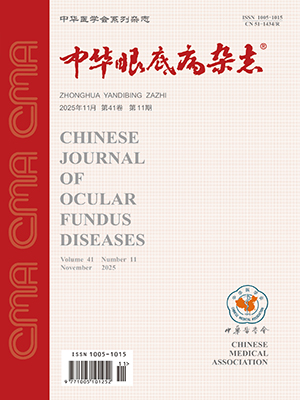With the development of ophthalmic optical coherence tomography (OCT) and OCT angiography (OCTA), including the improving of light source, resolution, scanning depth and upgrade of analysis softwares, they can more accurately display the structure of retinal layers and give accurate quantitative measurement. In neuro-ophthalmic diseases, the OCT indicators (the thickness of retinal nerve fiber layer around optic disc and plexus layer in macular gangle cells) and OCTA indicators (the blood flow density of capillaries around optic disc, superficial and deep capillaries in macular area, and the area of foveal avascualr zone) had special changes. It has important value in the differential diagnosis of central nervous system diseases and retinal diseases with visual dysfunction as the first symptom, the diagnosis and differential diagnosis of neuro-ophthalmic disease, the evaluation of progression of neurodegenerative diseases. Neuro-ophthamologists should pay more attention to the exploration and application of OCT and OCTA in the field of neuro-ophthalmology.
Citation: Lu Fang, She Kaiqin, Liang Licong. Applying optical coherence tomography and optical coherence tomography angiography to improve the diagnosis and treatment of neuro-ophthalmic diseases. Chinese Journal of Ocular Fundus Diseases, 2021, 37(3): 169-172. doi: 10.3760/cma.j.cn511434-20210316-00139 Copy
Copyright © the editorial department of Chinese Journal of Ocular Fundus Diseases of West China Medical Publisher. All rights reserved




